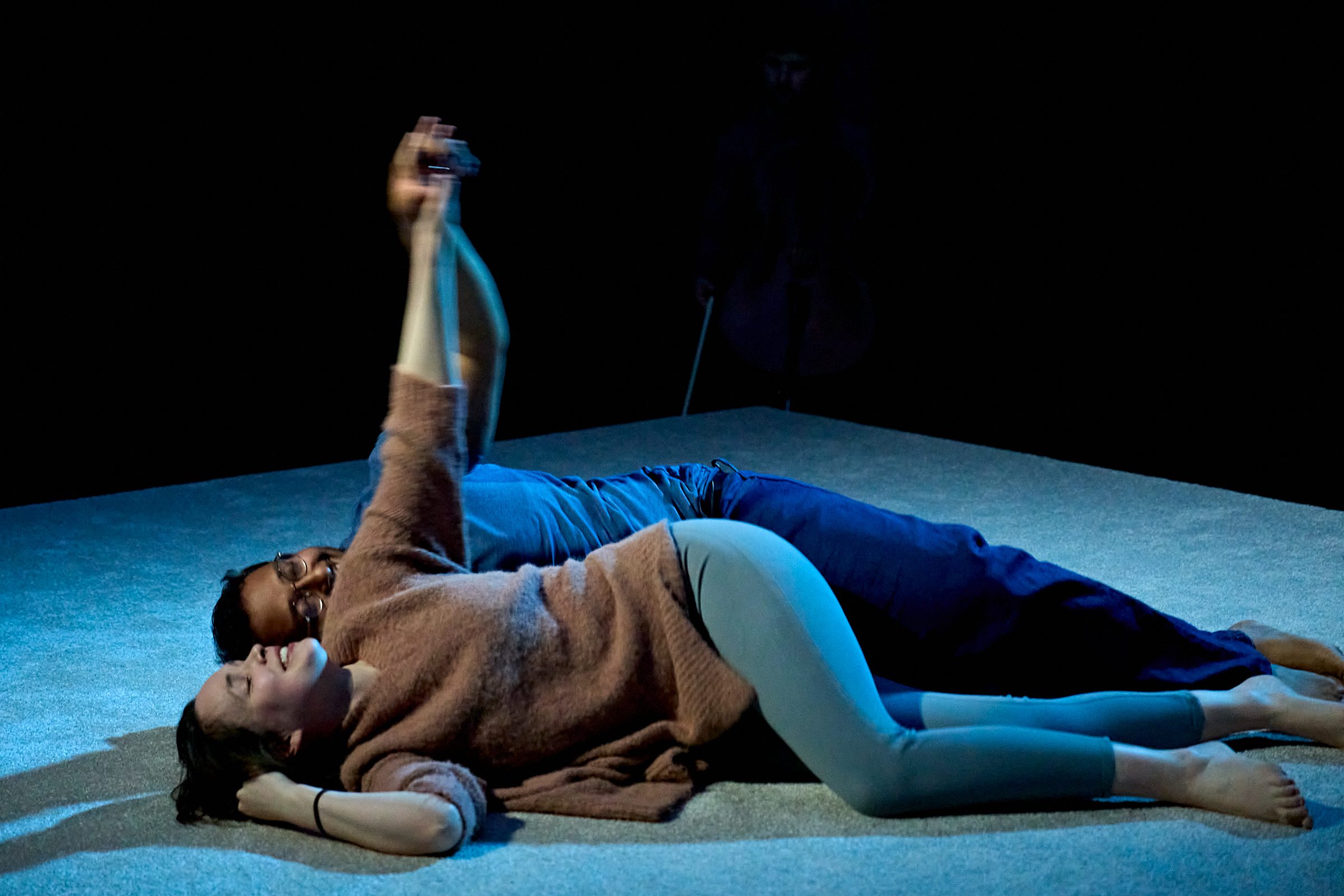Immoral, Imperishable Coward
In the second interval of Anthony Page‘s knockout revival of Noel Coward‘s Design for Living at the Old Vic, Melvyn Bragg admiringly remarked to me that none of the characters sounded particularly posh.
It has long been proved that you can play Coward very well without copying the Master’s clipped vowel sounds and brittle coloratura. And so it was last night, with the high-flown Coward articulation saved for satirical purposes in the third act, and an unknown cast — unknown to the general public, that is — claiming rights of possession.
Melvyn and his wife, Cate Haste, as well as many in the audience, I imagine, were unfamiliar with a play that has always seemed more shocking than any other well known Coward comedy, but is at least as good as all of them.
Part of the play’s brilliance lies in the way it totally transcends the specific reason behind it: to express the bizarre, undying friendship between Coward and the Lunts — the Broadway partnership of Alfred Lunt and Lynne Fontanne, an English comedienne from Ilford in Essex, like Maggie Smith — and to provide each of them with a whacking great role.
One idea, originally, was to place the entire action in one gigantic bed. “This, however, was hilariously discarded”, said Coward in the play’s preface, “after Alfred had suggested a few stage directions which, if followed faithfully, would undoubtedly have landed all three of us in gaol.”
The Lynne Fontanne role of Gilda, a sort of divine androgyne and intellectual slut, has been memorably played by Vanessa Redgrave, Maggie Smith (in America) and, fifteen years ago at the Donmar Warehouse, Rachel Weisz.
That Donmar production, which again, and very refreshingly, lightly unmoored Coward’s clipped phraseology from its predictable rhythms, was highly controversial, mainly because the director, Sean Mathias, ended each act with an explicit sexual embrace on the floor.
The sexual voltage was much higher than it is at the Old Vic — Weisz was partnered by Paul Rhys and Clive Owen (replaced on the West End transfer by Rupert Graves and Marcus D’Amico) — and, in response, the late Sheridan Morley, literary adviser to the Coward estate, advocated the formation of a critics’ mafia to physically dispose of upstart directors who, he felt, wanted to make their reputations at the expense of the playwright.
Thankfully Morley had missed (but heard about, and was infuriated by) an even more brilliant revival at the Glasgow Citizens in 1991 by Philip Prowse, a contemporary blast of desolation pumped up on booze, drugs and Sixties kitsch of bikers and Andy Warhol; this was Coward filtered dangerously through the sensibility of Joe Orton, and it worked.
Finally, of course, Coward isn’t really immoral, or amoral, at all. His targets are dullness and hypocrisy, and pretend morality to cover an abyss of unhappiness. Which is why Design for Living is so fresh, so funny and so fabulous.










